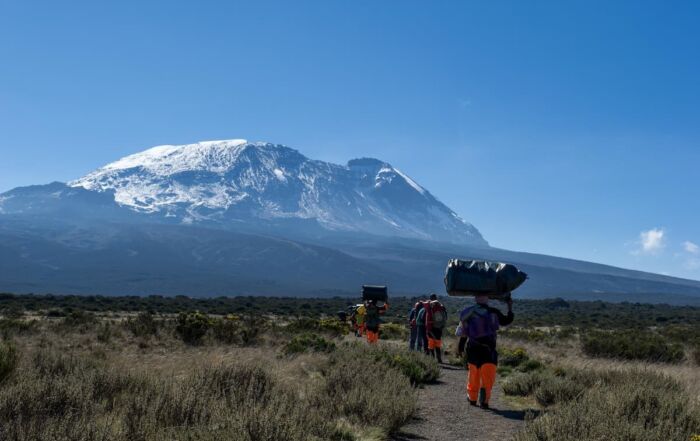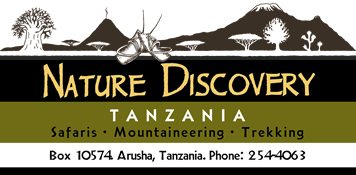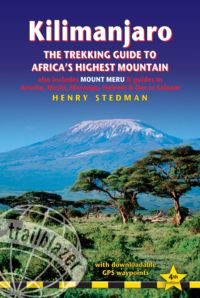
Could I BE wearing any more clothes?
Mount Kilimanjaro is one of the world’s most sought-after trekking destinations, attracting adventurers from around the globe. Climbing Kilimanjaro requires proper planning, preparation, and equipment.
One of the most critical aspects of preparing for a Kilimanjaro trek is packing the right clothing, particularly in terms of layering. In this guide, we’ll cover everything you need to know about layering for Kilimanjaro to help ensure you stay warm and comfortable throughout your journey.
At Nature Discovery, we understand that the cost of gear can add up quickly, which is why we offer top-notch rental gear to help you save money on your trip. We take pride in regularly updating our inventory to provide our clients with the latest and most reliable equipment. Our rental gear selection includes essential items such as rain and warm gear, layering options for warmth, accessories like gloves and trekking poles, and sleeping gear such as sleeping bags. Whether you need a complete gear package or just a few items to complete your existing gear, we have you covered.
Base Layer
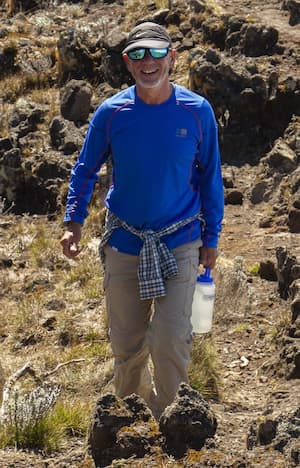
Gary’s Done this Before
The base layer is the first layer of clothing you put on your skin. It should be snug, breathable, and moisture-wicking. You can choose between synthetic or wool base layers, both of which are excellent options. Avoid cotton, as it retains moisture and can make you feel colder.
Mid Layer
The mid layer is the insulation layer and is responsible for trapping warmth. You can choose from a range of materials such as fleece, synthetic, and down. It’s essential to choose a mid-layer that is warm enough but not too bulky or heavy. You can also add additional mid-layers for added warmth.
Outer Layer
The outer layer is responsible for protecting you from wind, snow, and rain. It should be waterproof and breathable to ensure that you stay dry and comfortable. Gore-Tex and other similar materials are excellent choices for an outer layer.
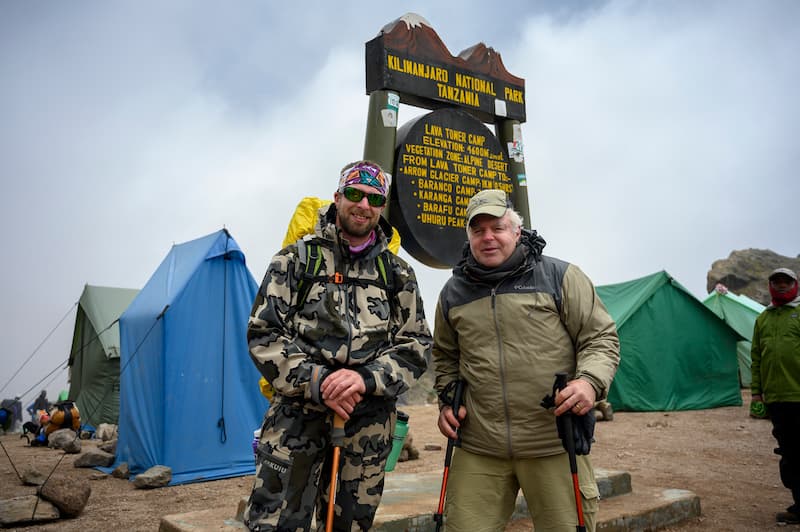
Dressed for the Trek
Accessories
Accessories are an essential part of layering for Kilimanjaro. Here are some accessories you should consider:
- Gloves: Insulated, waterproof gloves are a must to protect your hands from frostbite and other cold-related injuries.
- Hat: A warm, insulated hat will help you retain heat and prevent heat loss from your head.
- Scarf or neck gaiter: A scarf or neck gaiter will protect your neck and face from wind and snow.
- Sunglasses: Sunglasses will protect your eyes from harmful UV rays and snow glare.
- Socks: Wool socks will keep your feet warm and dry. It’s also essential to bring a spare pair in case your socks get wet.
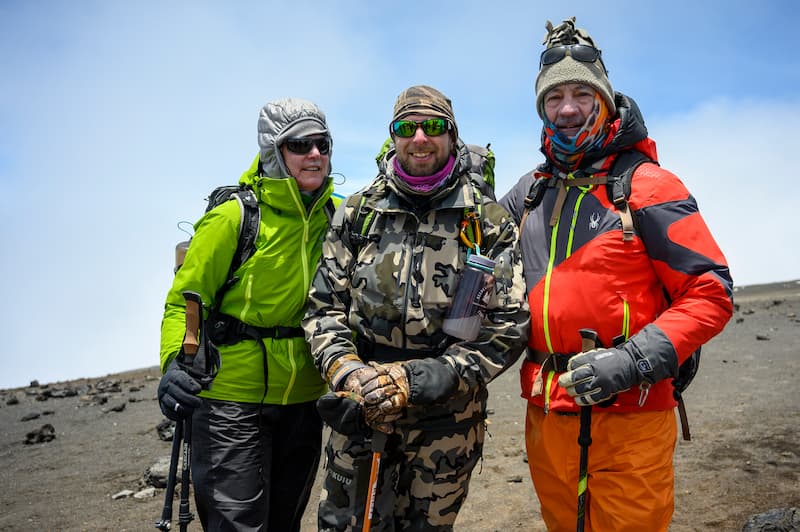
Layered Up for the Summit
Final Tips
- Layer up: It’s better to have too many layers than too few. You can always remove layers if you get too warm.
- Stay dry: Moisture can make you feel colder, so it’s essential to stay dry throughout your trek.
- Test your gear: Before heading out on your trek, test your gear to ensure it’s functional and comfortable.
Layering for Kilimanjaro is crucial to stay warm and comfortable throughout your trek. Make sure you pack the right clothing and accessories to ensure that you’re protected from the cold, wind, and snow. With proper layering and preparation, you can make your Kilimanjaro trek a successful and memorable experience.
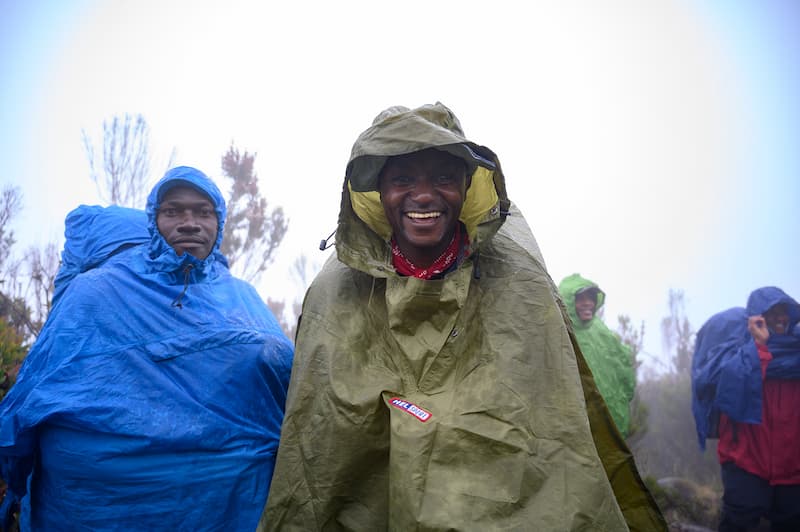
Stay Dry to Stay Warm
Book your Kilimanjaro Trek today!
The Nature Discovery team is super knowledgeable about all things Kilimanjaro and is available to answer any questions you have when planning your trek.
Booking is essential and our tours are popular, so contact us now to avoid disappointment.


